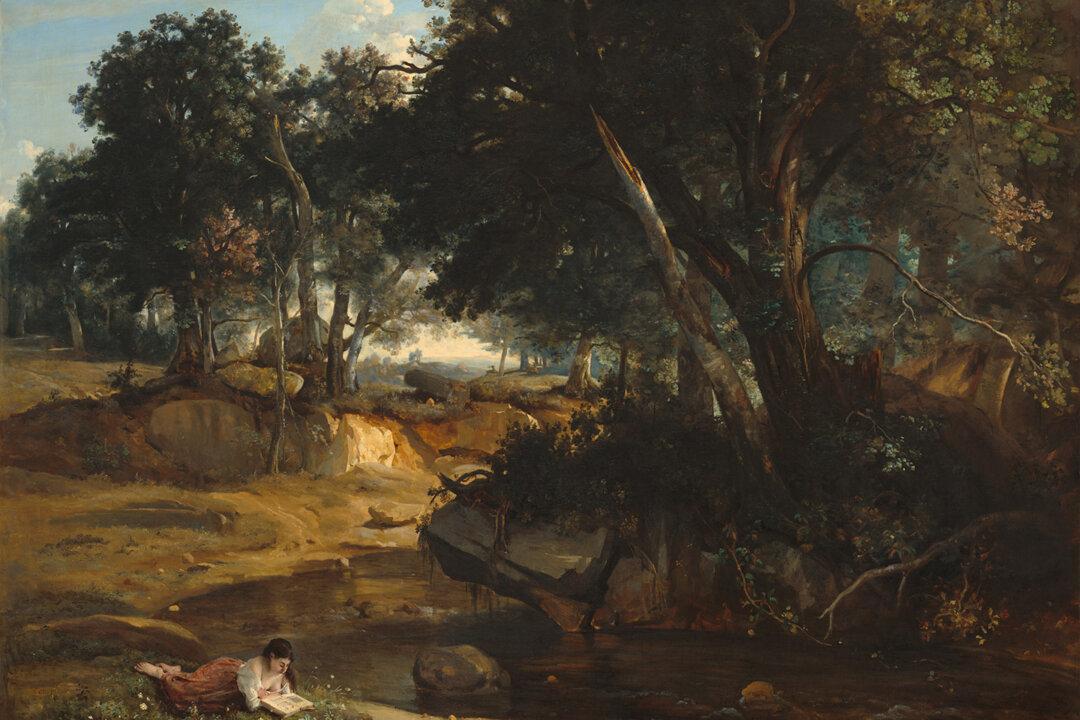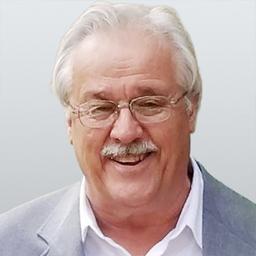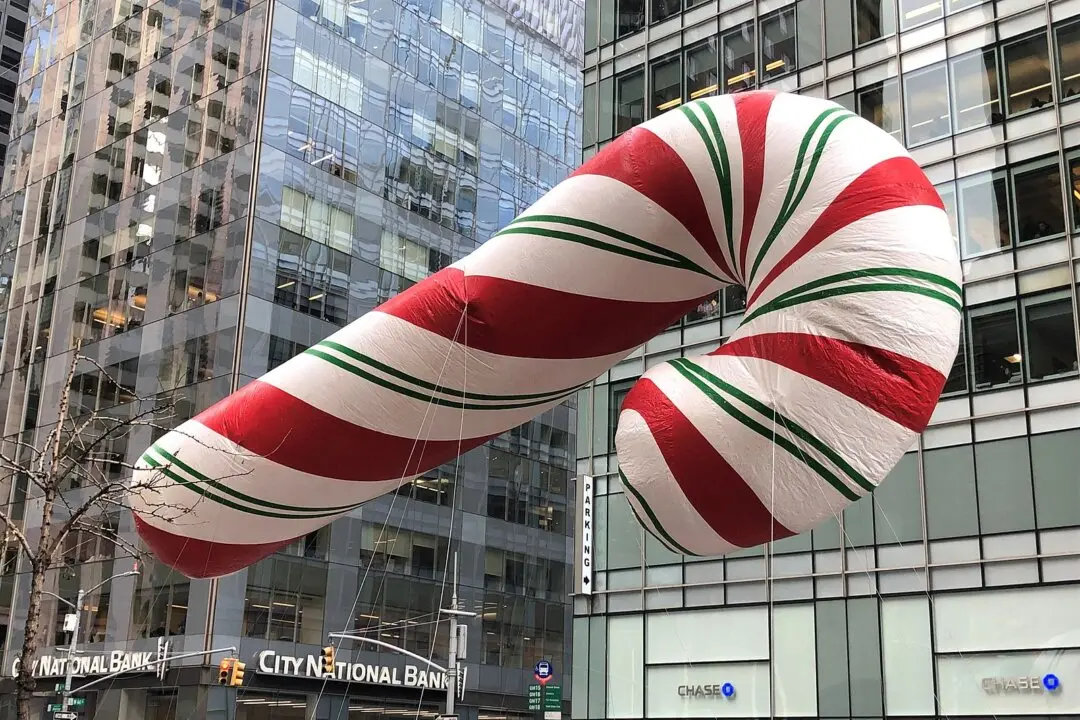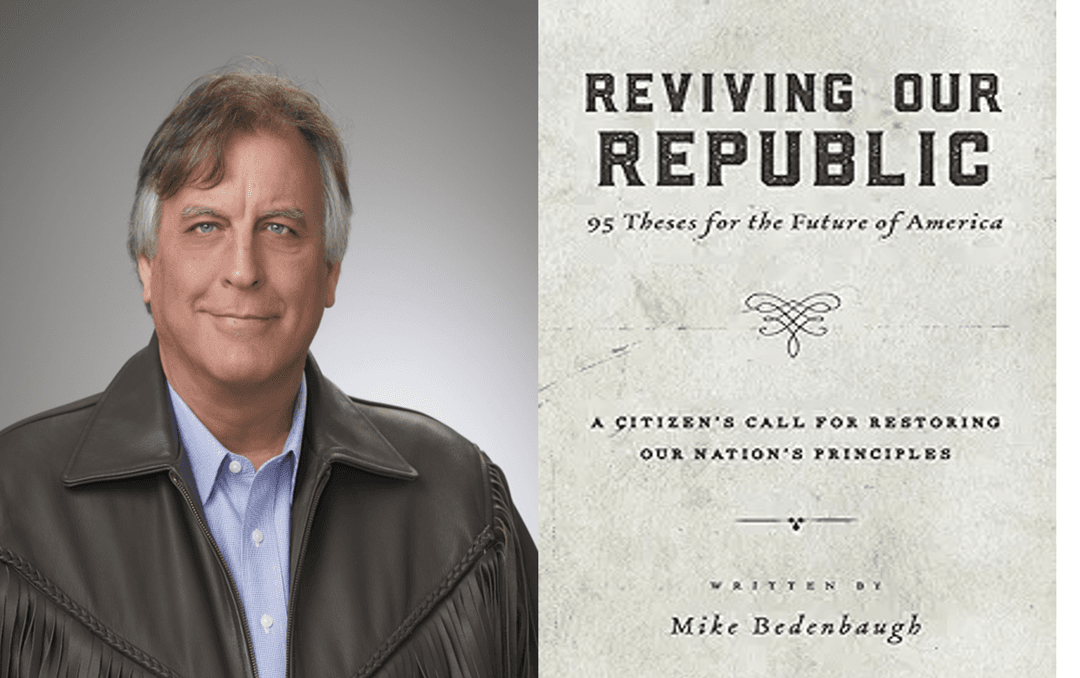At the time of her death in 1924, Indiana’s Gene Stratton-Porter was one of America’s most popular novelists. Her publishers estimated she had more than 50 million readers in the United States and many more internationally. During the last 17 years of her life, her fiction and nonfiction books sold at a rate of 1,700 copies a day.
Stratton-Porter was a natural storyteller, a gift she inherited from her father who had “the ringing delivery of a born-again evangelist” and could tell tales that were part fact, part fiction. His colorful repertoire profoundly affected his youngest daughter.






